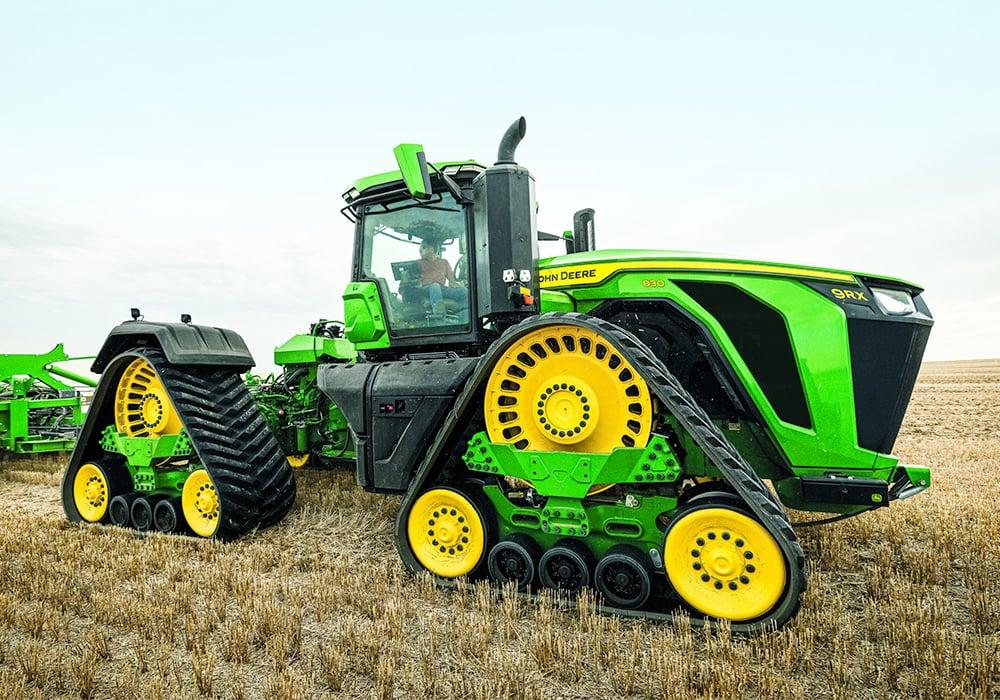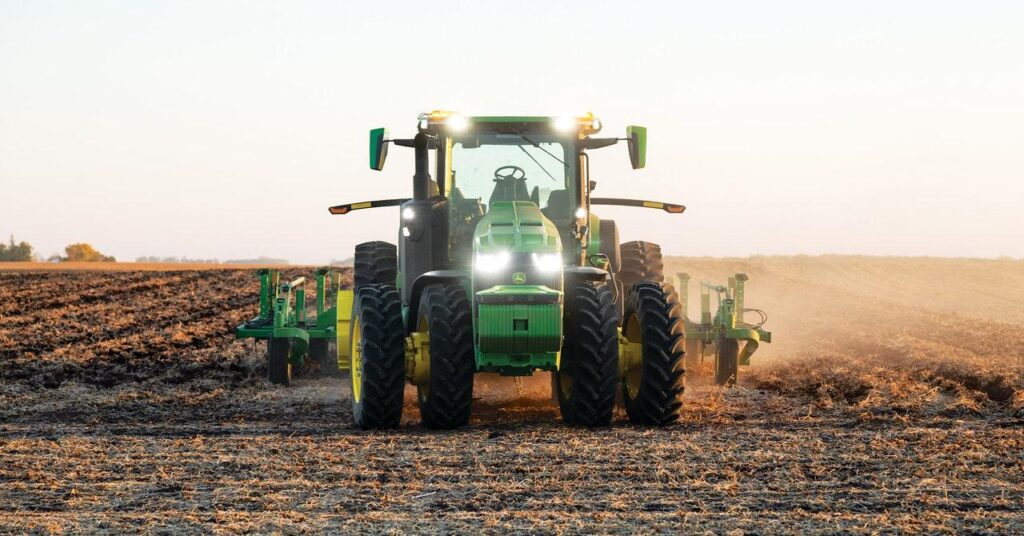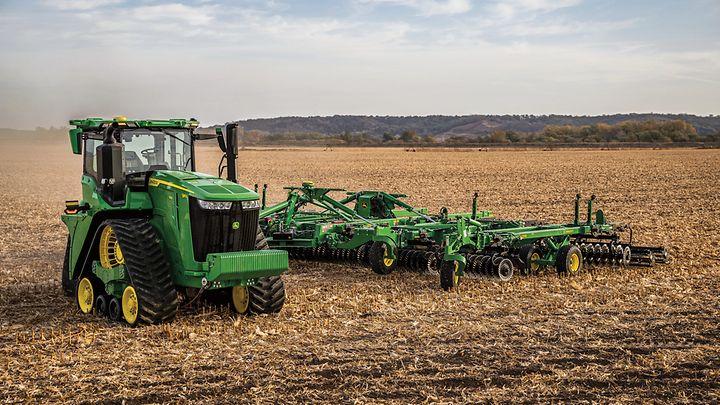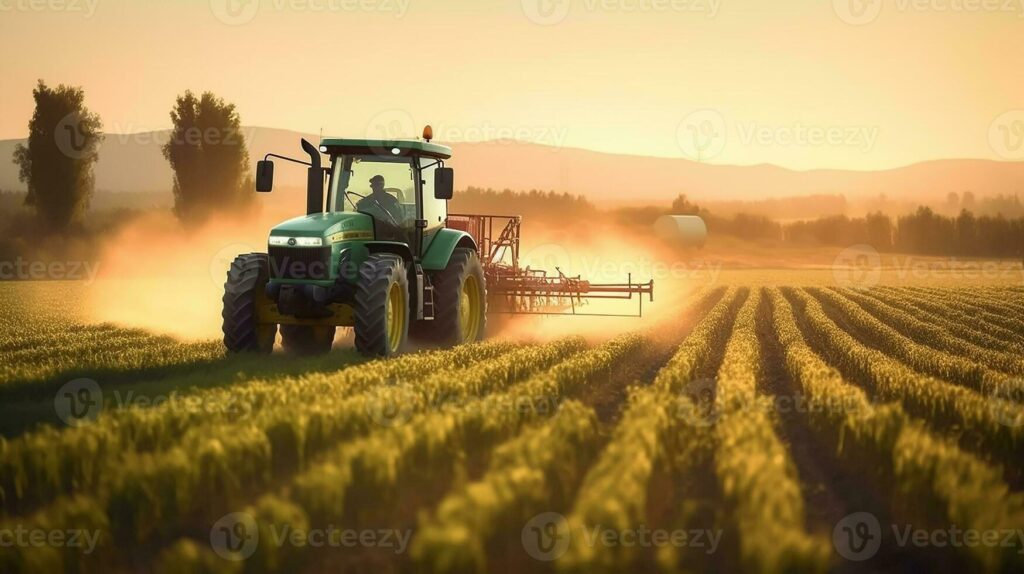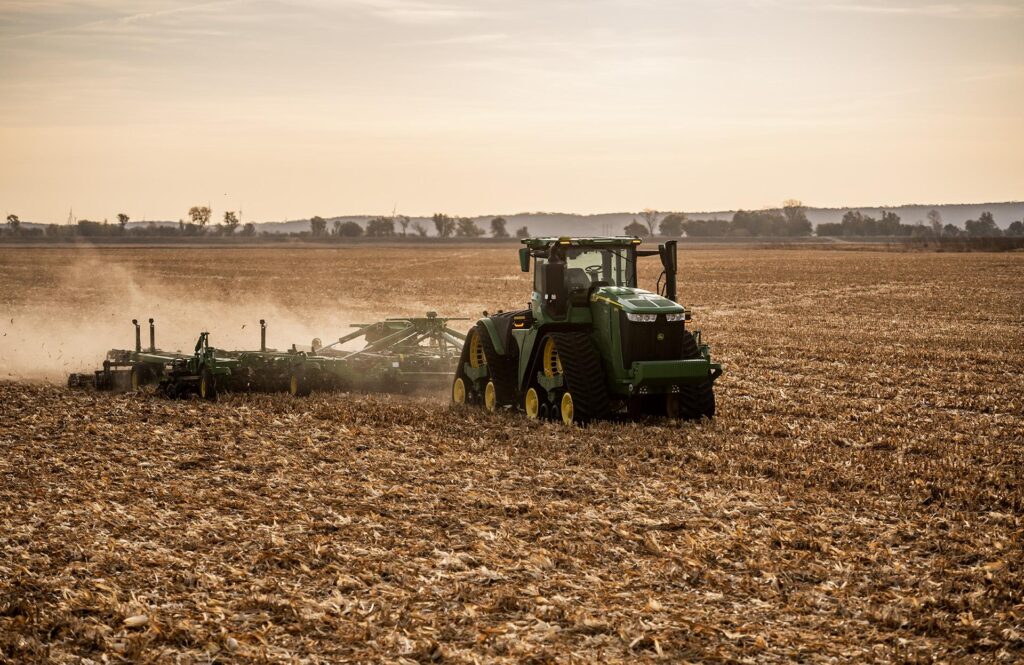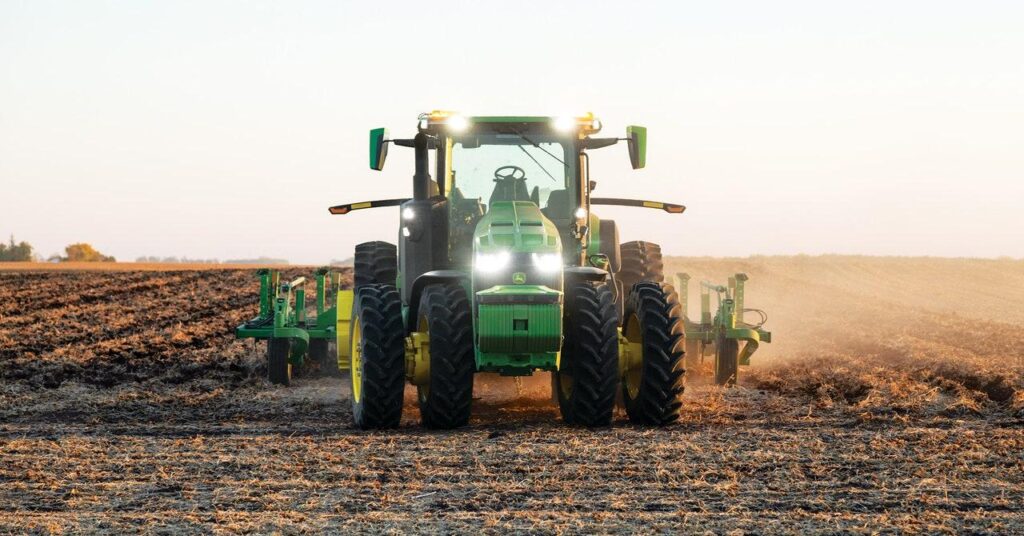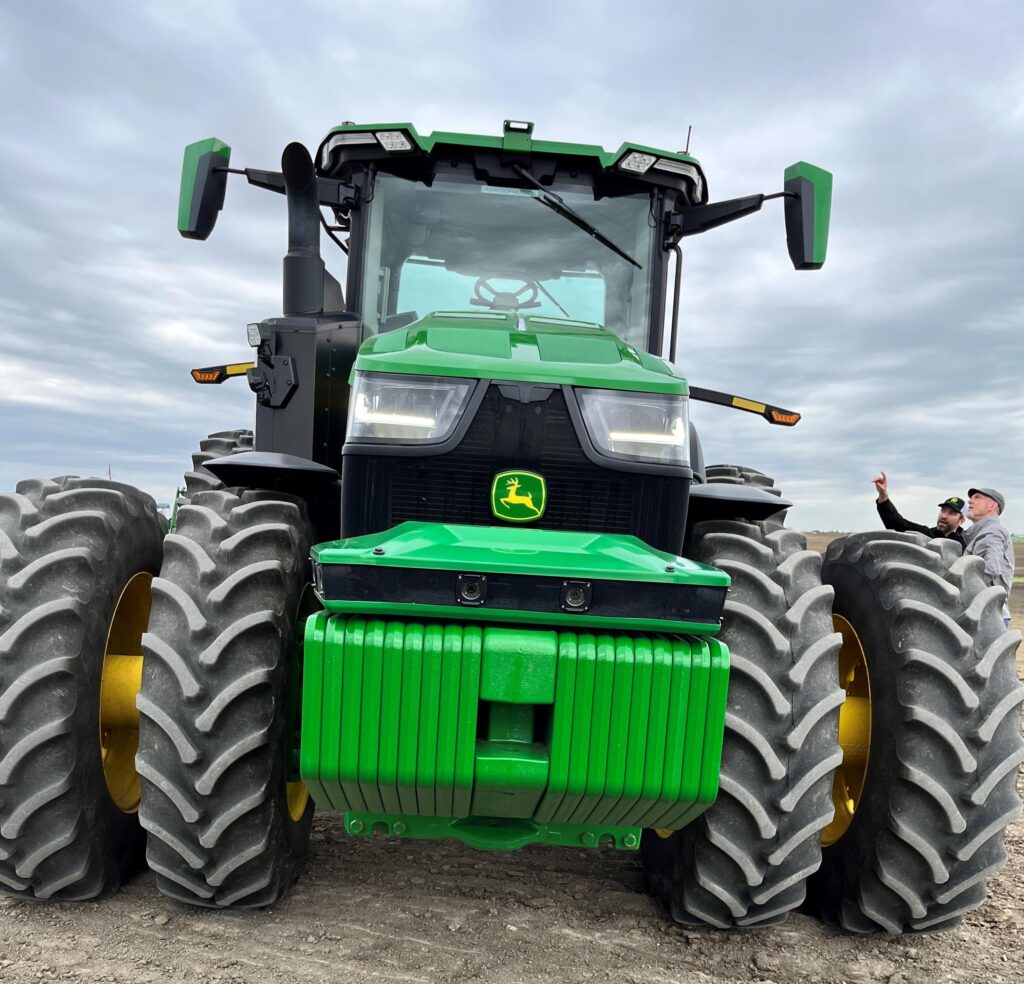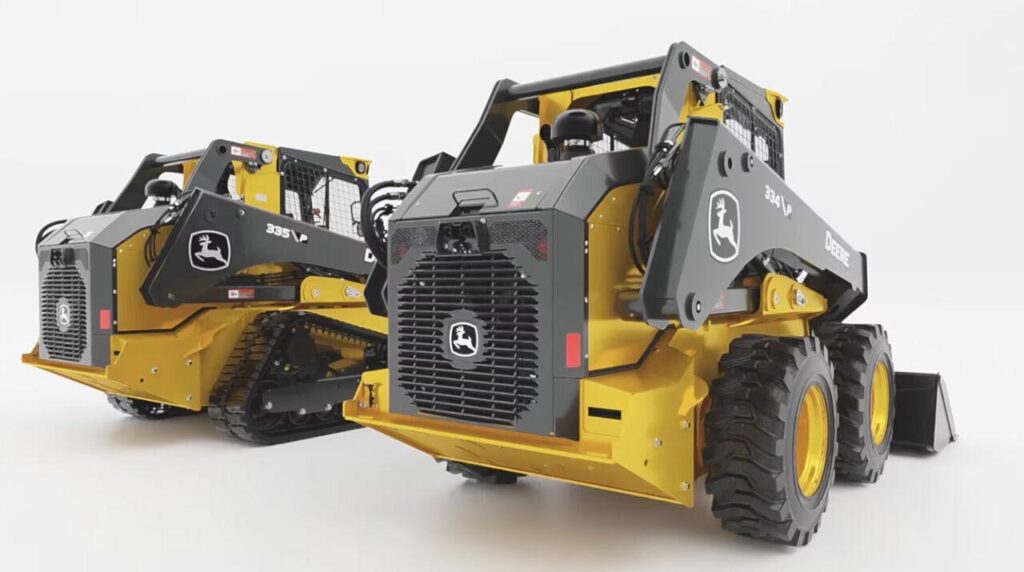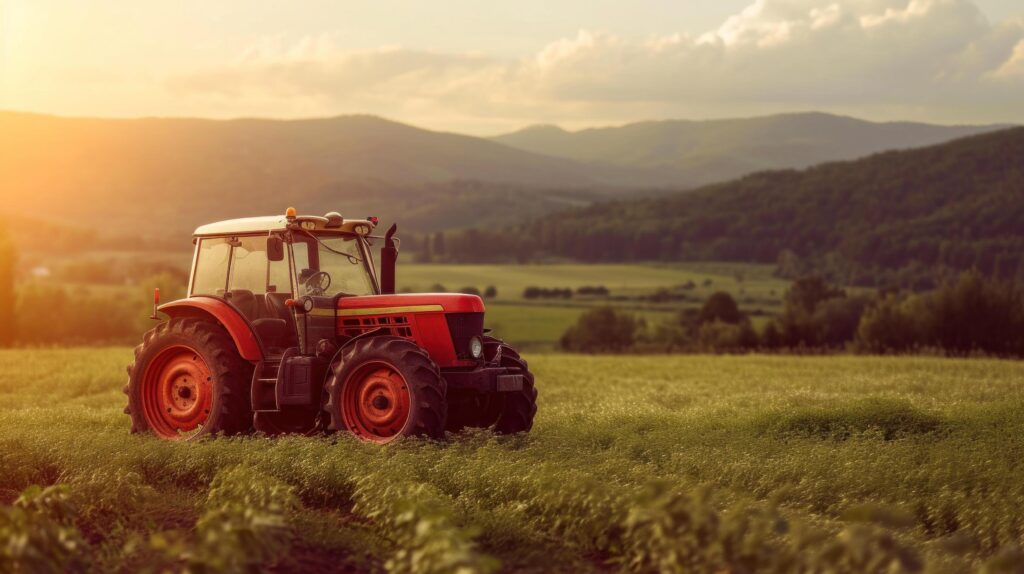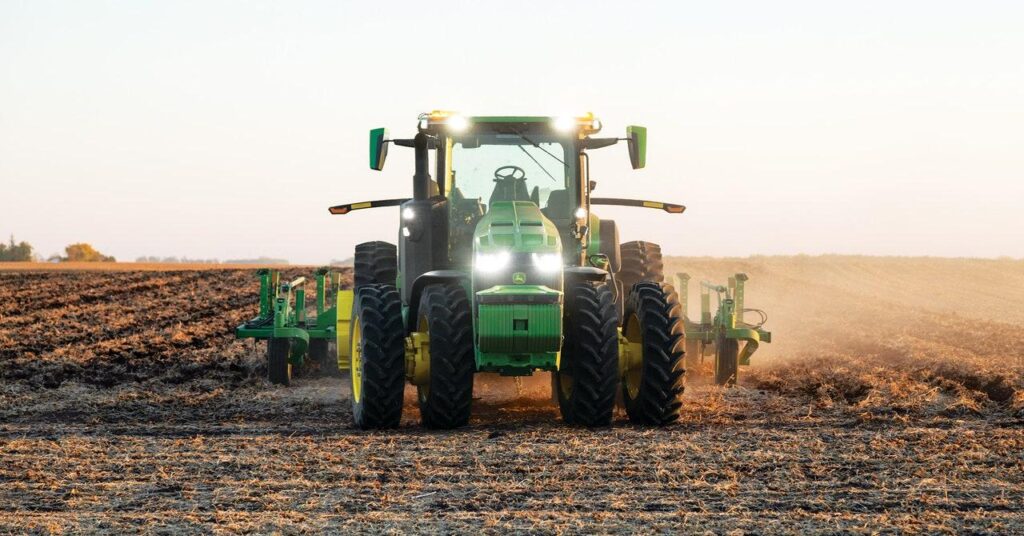Agricultural machinery is undergoing a meaningful transformation as industry leader John Deere introduces its first fully autonomous, battery-powered tractor. This innovative vehicle represents a convergence of electrification and artificial intelligence in farming equipment, marking a potential shift in how agricultural operations are conducted. The self-driving electric tractor combines sustainable energy with automated technology,addressing both environmental concerns and labour challenges in modern farming. Agricultural innovation takes a significant leap forward as the industry giant unveils its latest breakthrough in farming technology. The revolutionary autonomous electric tractor represents a fusion of sustainability and artificial intelligence, marking a new era in modern agriculture.
the machine operates through a complex combination of cameras, sensors, and GPS technology, enabling it to navigate fields with unprecedented precision. farmers can monitor and control the tractor remotely using a smartphone app, which provides real-time data and performance metrics. This advancement allows for 24/7 operation while reducing the physical demands on farm workers.
At the heart of this technological marvel lies a high-capacity electric power system. The tractor’s battery pack delivers consistent performance for up to 8 hours on a single charge, depending on the workload. A fast-charging capability ensures minimal downtime, allowing the machine to return to operation quickly during peak farming seasons.
Environmental benefits are considerable, as the electric powertrain eliminates diesel emissions and reduces the agricultural sector’s carbon footprint. The quiet operation also minimizes noise pollution, benefiting both farm workers and nearby communities. Additionally, the electric motor’s instant torque delivery provides superior performance in challenging field conditions.
Safety features include advanced obstacle detection systems that can identify and avoid potential hazards, from equipment to people and animals. The tractor’s artificial intelligence continuously learns from its operations, improving efficiency and adapting to different farming environments and conditions.The autonomous system’s precision farming capabilities enable optimal field coverage, reducing overlap and minimizing waste in seeding, fertilizing, and other operations. This efficiency translates to lower input costs and improved crop yields for farmers.
Maintainance requirements are significantly reduced compared to customary diesel tractors, with fewer moving parts and no need for oil changes or fuel filters. The simplified mechanical structure helps lower operating costs and increases reliability.
Data collection and analysis capabilities provide farmers with valuable insights into their operations. The system tracks soil conditions, crop health, and weather patterns, enabling more informed decision-making and improved resource management.
The tractor’s design maintains familiar controls and interfaces,ensuring a smooth transition for operators when manual operation is needed. This hybrid approach allows farmers to gradually adapt to autonomous technology while maintaining operational versatility.
Initial market testing has demonstrated promising results, with early adopters reporting increased productivity and reduced labor costs. The technology’s scalability makes it suitable for both small family farms and large agricultural operations.
As the agricultural sector faces growing challenges from climate change and labor shortages, this innovation represents a significant step toward more sustainable and efficient farming practices. The combination of electric power and autonomous capability positions this machine at the forefront of agricultural technology advancement.